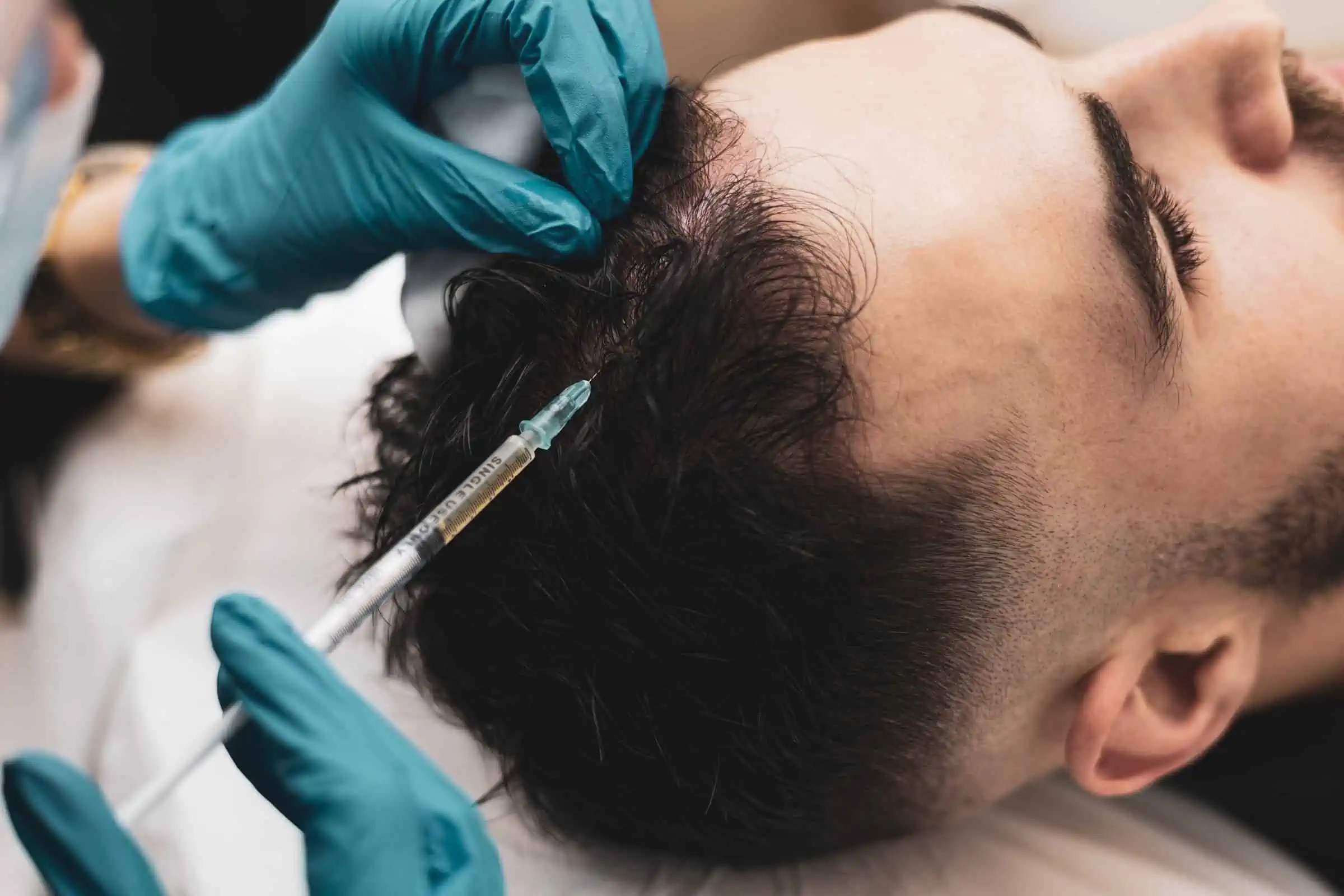Hair loss in women is a topic that deserves as much attention as it does in men. While it is often considered a male-centric issue, millions of women around the globe silently experience thinning hair, receding hairlines, or excessive shedding. At Dynamic Clinic, leading dermatologists have witnessed a significant rise in female patients seeking expert consultation. With growing awareness and advanced medical techniques, many women are now turning toward professional hair loss treatment options. Understanding the nature of these treatments and their effectiveness is crucial for anyone considering this path. If you are looking for expert-guided Hair Loss Treatment in Dubai, the options available at Dynamic Clinic offer transformative potential.
Understanding Hair Loss in Women
Hair loss in women is a complex issue influenced by genetics, hormonal imbalances, stress, nutritional deficiencies, and medical conditions like thyroid disorders or autoimmune diseases. It manifests differently than in men—often as diffuse thinning rather than distinct bald patches. Dermatologists and trichologists emphasize that identifying the root cause is essential before recommending any medical intervention.
Unlike over-the-counter remedies or cosmetic fixes, professional hair loss treatments are rooted in clinical diagnosis and scientific methods. This ensures the patient receives the most suitable treatment based on their unique condition.

How Doctors Diagnose Hair Loss in Women
The first step in any clinical hair loss treatment is a thorough diagnosis. Trained dermatologists evaluate the patient's medical history, conduct scalp examinations, and may request blood tests or scalp biopsies. This multi-faceted assessment helps them determine the exact type of hair loss—whether it's androgenetic alopecia, telogen effluvium, or alopecia areata.
Advanced imaging tools like trichoscopy enable close inspection of the hair follicles, providing a detailed analysis of hair density, thickness, and health. This data forms the backbone of a personalized treatment plan, ensuring precision and effectiveness.
Professional Hair Loss Treatments Recommended by Doctors
Doctors do not rely on one-size-fits-all approaches. Instead, they use targeted medical interventions tailored to the individual's condition. Here are the leading clinical treatments used by specialists:
Platelet-Rich Plasma (PRP) Therapy
PRP therapy is a revolutionary non-surgical procedure where the patient's own blood is used to stimulate hair growth. After extracting and processing the blood to concentrate platelets, the PRP is injected directly into the scalp. These platelets release growth factors that promote healing and rejuvenation of hair follicles.
Dermatologists often recommend PRP as part of a comprehensive hair restoration strategy. It enhances follicular health, thickens existing strands, and prolongs the growth phase of hair cycles. It is especially effective in early stages of hair thinning.
Low-Level Laser Therapy (LLLT)
Low-Level Laser Therapy is another clinically approved option. It uses red light wavelengths to stimulate hair follicle cells, improving blood circulation and cellular activity. Doctors use handheld devices or specialized caps to administer the therapy in multiple sessions.
LLLT is a preferred option for women with diffuse hair thinning. It's painless, non-invasive, and suitable for various hair loss types when combined with other treatments like PRP or nutritional support.
Scalp Microneedling with Growth Serums
Microneedling, performed under sterile clinical conditions, involves using fine needles to create micro-injuries in the scalp. These controlled injuries trigger the body's natural healing process and encourage collagen production around the hair follicles.
Doctors often enhance this process by applying growth serums or topical peptides immediately after the procedure. These serums are absorbed more effectively, increasing the treatment's impact. This method is gaining popularity due to its visible improvements in hair density.
Corticosteroid Injections for Autoimmune Hair Loss
In cases where hair loss is caused by autoimmune conditions such as alopecia areata, dermatologists may administer corticosteroid injections directly into bald patches. These injections reduce inflammation around the hair follicles, allowing hair to regrow.
Since autoimmune-related hair loss can be sudden and severe, timely treatment by a skilled dermatologist is critical. Regular monitoring and follow-up are essential to maintain progress.
Medical Counseling and Trichological Support
Doctors often collaborate with certified trichologists to provide holistic support. Medical counseling helps patients understand lifestyle triggers and emotional impacts. Stress, for instance, plays a huge role in exacerbating hair loss. Combining clinical treatments with stress management strategies enhances the success rate.
Moreover, trichologists guide patients through scalp hygiene, correct hair practices, and nutritional supplementation—vital elements that complement professional interventions.
Benefits of Doctor-Guided Hair Loss Treatment for Women
Opting for a medically supervised treatment plan offers numerous benefits over self-diagnosis or cosmetic fixes:
-
Accurate Diagnosis: Medical evaluations identify the exact cause of hair loss.
-
Customized Plans: Treatments are tailored to your hair type, health condition, and goals.
-
Minimally Invasive Options: Procedures like PRP and LLLT are non-surgical yet effective.
-
Professional Monitoring: Regular follow-ups help track progress and make adjustments.
-
Improved Hair Density and Strength: With time, patients notice thicker, healthier strands.
-
Emotional Reassurance: Being under expert care alleviates anxiety and boosts confidence.
These outcomes are only possible when guided by board-certified dermatologists who specialize in hair disorders.
Do Hair Loss Treatments Really Work for Women?
The short answer is yes—when prescribed and administered by medical professionals, hair loss treatments show significant success. Thousands of women have regained fuller, healthier hair through timely and customized interventions. The key lies in early consultation and commitment to the prescribed plan.
Results may vary based on age, severity of hair loss, and underlying health issues. However, with consistency and expert care, most women can achieve noticeable improvement in both hair volume and texture.
Conclusion:
Hair loss in women no longer needs to be a silent struggle. Thanks to advancements in dermatological science, women now have access to safe, effective, and professional treatments that deliver results. From PRP to microneedling and laser therapies, clinical options continue to evolve with impressive success rates.






